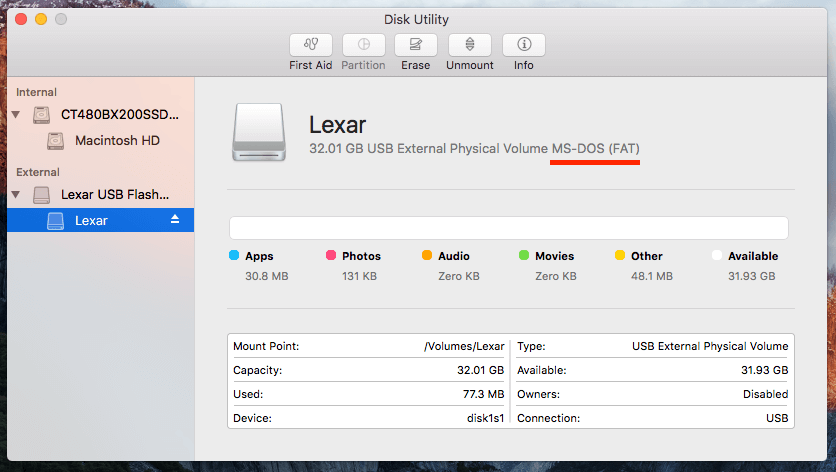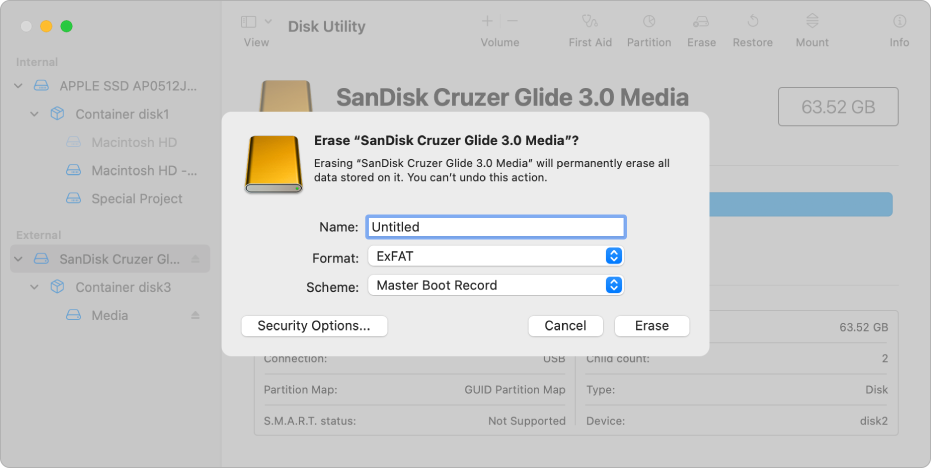

Hard drives are organized in clusters and the allocation unit size describes the size of a single cluster. If for compatibility or speed reasons you want to go with FAT or FAT32, always go with FAT32, unless you are dealing with a device of 2 GB or smaller.
#Configure usb for mac and pc drivers#
exFAT, on the other hand, is supported as of OS X 10.6 (Snow Leopard), but you need drivers to read it on Linux. NTFS is supported in Linux, but it requires a hack or third-party application to work on a Mac. Keep in mind though that FAT and FAT32 are the only file systems that are cross-platform compatible. It combines the benefits of FAT (small, fast) and NTFS (large file size supported) in a way that is perfect for flash drives. However, due to the way NTFS works it is not recommended for flash drives, even when they are bigger than 32 GB. In other words, any regular sized hard drive (60 GB +) should be formatted with NTFS.

Less disk writing operations = faster and less memory usageĬreate drive partitions larger than 32 GBĭue to its nature, FAT or better yet FAT32 are suitable for drives smaller than 32 GB and in an environment where you never need to store files larger than 2 or 4 GB, respectively.

On-the-fly file encryption using EFS (Encrypting File System Windows Professional)Ĭompatible with virtually all operating systems Read/write files larger than 4 GB and up to maximum partition sizeīetter space management = less fragmentationĪllows more clusters on larger drives = less wasted spaceĪdd user permissions to individual files and folders (Windows Professional) So what is the difference between those file systems and which one should you choose? Let's look at the benefits of each. You will not see FAT and FAT32 if your drive is larger than 32 GB. In Windows 10, you will see a maximum of four different file systems: NTFS, FAT, FAT32, and exFAT.


 0 kommentar(er)
0 kommentar(er)
